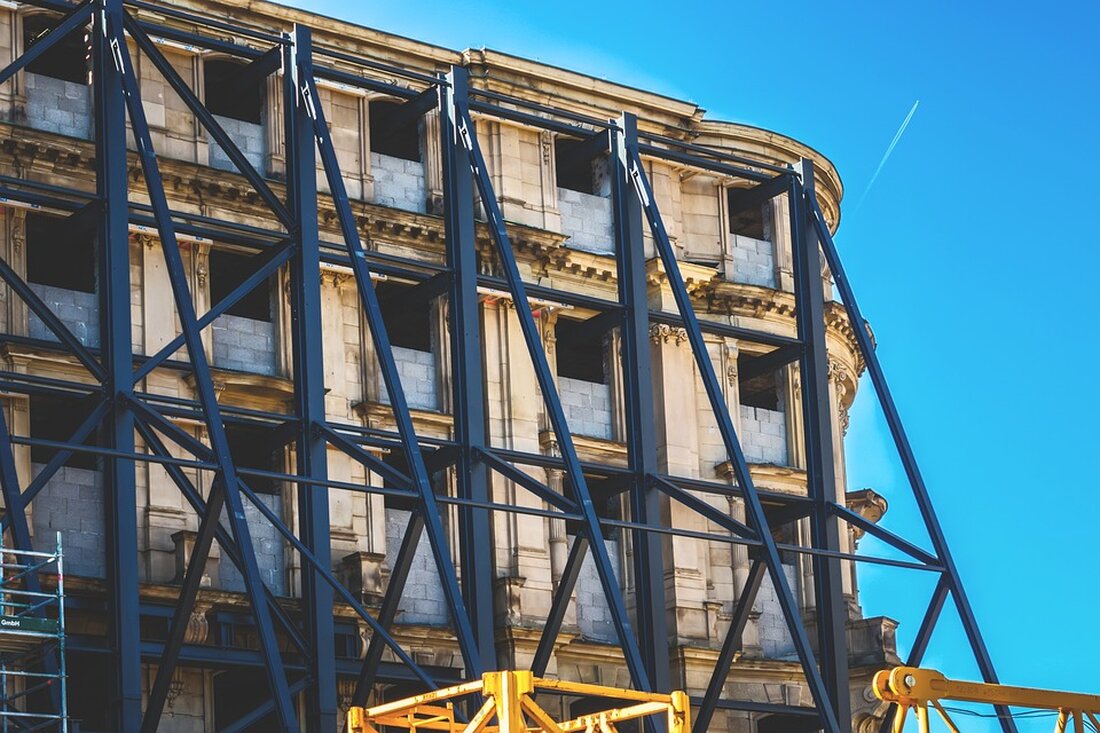Franz-Josefs-Bahnhof: After renovation with redesign and accessibility

Franz-Josefs-Bahnhof: After renovation with redesign and accessibility
The Franz-Josefs-Bahnhof on Alsergrund was reopened after years of construction work this morning. This reopening is not only significant for the train station itself, but also shows how important accessibility has become in modern traffic nodes. The ÖBB, the Austrian Federal Railways, made this a central point of their project in order to enable all travelers to have easy access.completely comprehensively renovated, the train station now offers a new, inviting appearance. Practically 4,000 square meters of glass and ceiling cladding as well as almost 5,000 square meters of natural stone covering were laid in the track and entrance hall to create a bright and airy atmosphere. A special highlight is the historic watch, which comes from the old train station and is now exhibited in the entrance hall. The entrances were also modernized and two new entrances to Nordbergstrasse and Althanstrasse were implemented. The extensive renovation work is now completed.
accessibility in the focus
The redesign also brought important innovations for people with limited mobility. The station was made barrier -free last year; All platforms have now been raised to a height of 55 centimeters, and there is an accessible toilet. In addition, new monitors were installed that ensure good legibility for visually impaired people. To improve the orientation, around 1,350 meters of tactile floor control systems were laid.
high investments for the future
A total of 54 million euros flowed into the renovation and redesign of the Franz Josefs station. With around 8,000 passengers a day, it is an important inner -city traffic junction, especially for regional local trains. The train station has a long history; Built between 1871 and 1872 as a "Kaiser-Franz-Josefs-Bahnhof", it has been operated in its current form since 1978 after the original building was demolished in 1974.
In addition, the “Althan Quartier” is developed around the train station, which is intended to further improve transport connections and life in the immediate vicinity. The district chief Saya Ahmad (SPÖ) emphasized that the redesign of Julius-Standler-Platz will also provide an upgrading of the area next year. All of these changes show how important the development of modern and accessible transport facilities is for all Viennese. More details on this topic can be found in a detailed report on wien.orf.at .
